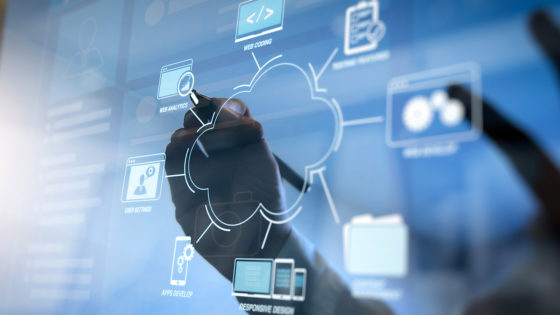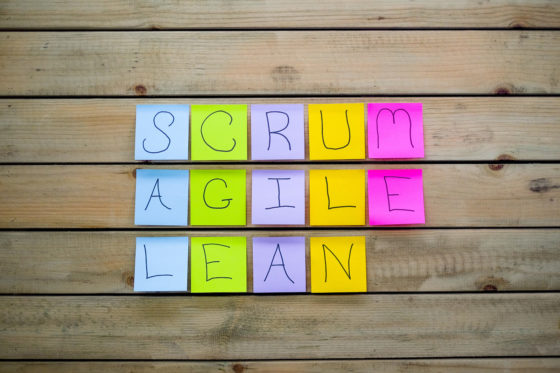
Even during non-pandemic times, building enterprise localization software is complicated. There are a variety of internal and external stakeholders who all have unique requirements. For example, the sales team needs technical solutions to attract new prospects, the operations team requires efficient tools to track linguist assignments and clients need easier ways to submit source content and receive their translations.
At Acclaro, before the pandemic, we used a custom mix of agile and waterfall software processes to manage the development of our customer portal, My Acclaro, our Translation API and our third-party content management integration solutions.
At the onset of the pandemic, we quickly learned that some of our established custom processes needed updates. Below, you’ll find a few of the process changes that we have found most helpful during the pandemic. We hope they can be helpful if you’re facing similar challenges.
More effective meetings
Before the pandemic, our engineering team typically viewed meetings as a necessary evil that should be kept to a bare minimum. As we experienced the impact the pandemic had on our personal daily schedules, we realized that we needed to have more stand-up meetings than ever before. At first, it was a challenge to ensure that our stand-up meetings remained focused on priorities instead of turning into group brainstorming sessions. But, we knew if we didn’t schedule more meetings, we risked missing our delivery timelines and goals.
In addition to holding extra team meetings, we have also been using one-on-one calls to deep dive into specific issues. The information from these calls is then organized into prioritized technical solution proposals that are presented on wider team calls. We still use text chat daily, but we have gotten better at calling each other or jumping on a Zoom screen-share, which saves typing back and forth.
More design quality assurance
Pre-pandemic, we had dedicated design phases for new feature epics. At the time, we were not putting in the same amount of effort to cover all edge cases, but we are now. Our Quality Assurance (QA) team is deeply involved in all stages of user stories, mock-ups and interactive design reviews before we even get to coding. We file bugs against designs and track them to resolution just like standard software QA rounds of code updates. While the detailed QA we now put into the upfront design phase makes it longer, it shortens the overall time to market for the features and minimizes the amount of coding rework required before going live.
Third-party software code audit
Most of our software is developed in house using a PHP framework called Laravel. After several years of building our codebase, we decided it was time to get a third-party review. We often recommend the benefits of an external review of localization workflow processes to our enterprise clients and thought we should practice what we preach. We gained constructive insights into our software development workflows from a third-party code audit. We knew we had areas to improve, and it wasn’t always easy hearing about them in detail. But forcing these difficult conversations has resulted in near-term improvements that will aid in longer-term, more permanent changes.
Looking ahead
As 2021 approaches, we will continue to evaluate which software processes are working well for us and which we need to continue to improve. We know enterprise localization software development is still going to be complicated after the pandemic is over. However, if we can figure out how best to build software together even during these most difficult times, we know the future will be bright for our team and for our company.
Insights for global growth

Power your strategic growth
Go beyond tactical localization with tailored, strategic solutions that resonate locally and drive growth globally.
Get started




